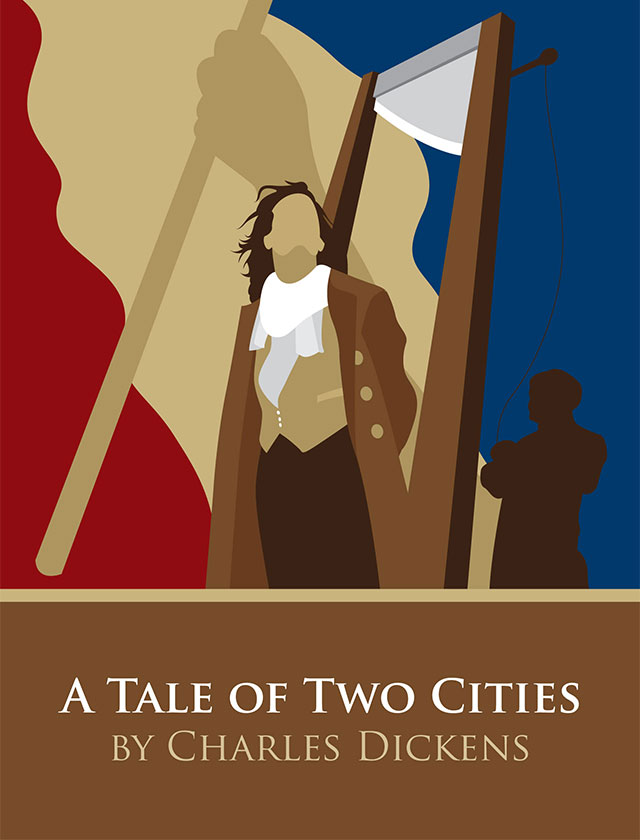A Tale of Two Cities
by Charles Dickens
Book 2, Chapter 21
The next chapter in the book occurs after another long gap in time. It is now 1789. On the surface, events in England are idyllic. Lucie and Darnay have been married for eight years. They have had two children during that time, a boy and a girl. The son died of a childhood illness, but the daughter, Lucie, is alive and healthy. Carton has remained a friend of the family and developed friendships with both children. Carton has not given any real outward indication of change in his behavior. He remains the jackal to Stryver’s lion, has not married, and remains dissolute. In contrast, Stryver has moved past his feelings for Lucie and has married and become a stepfather.
In France, events are becoming increasingly tumultuous. The aristocracy, which has long been oblivious to problems among the lower class, begins to realize that real problems are brewing. For example, the aristocracy, fearing for its financial assets, makes a run on Tellson’s Bank in Paris. When Mr. Lorry shares this information with the Darnay/Manette family, he seems to feel like those events will not remain isolated to France, but will impact their lives, as well. At this point in the novel, this is not yet the case, but it certainly foreshadows the way that the Revolution will directly impact Darnay and the Manettes.
The aristocracy’s fears are well founded. In San Antoine, the peasants are arming themselves in preparation for a violent revolt. The Defarges lead the attack on the Bastille. The Bastille is an important target for multiple reasons. First, it is a symbol of oppression by the French government, because so many people were imprisoned for no real reason within the Bastille. However, it is also an important plot device. Dr. Manette was imprisoned in the Bastille, so if the Revolutionaries are to discover anything about Dr. Manette’s imprisonment, that location is a critical one. In fact, Monsieur Defarge, who cared for Dr. Manette after he...
Sign up to continue reading Book 2, Chapter 21 >